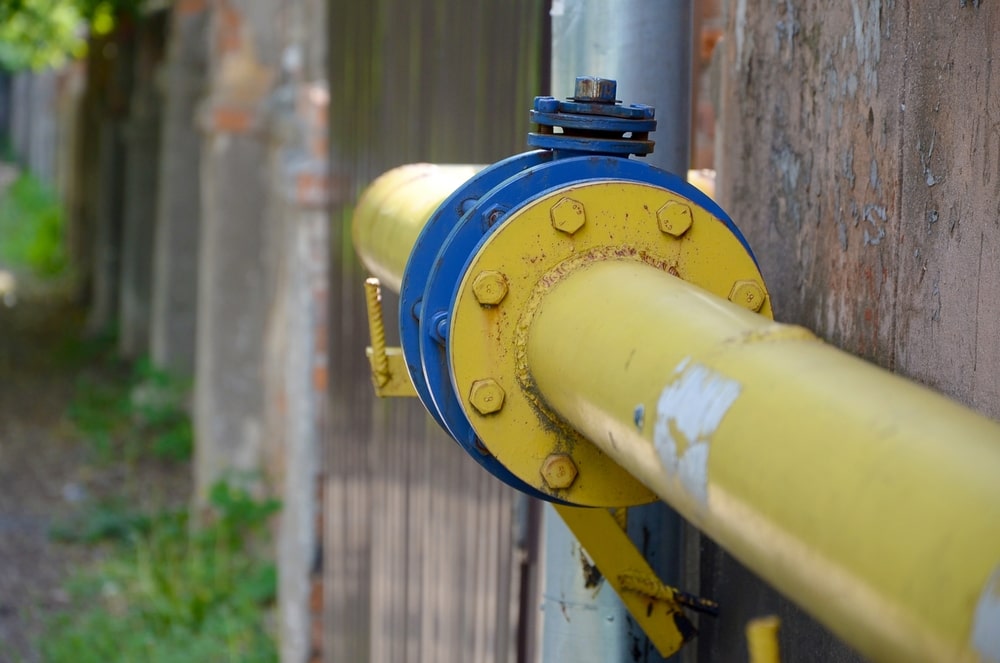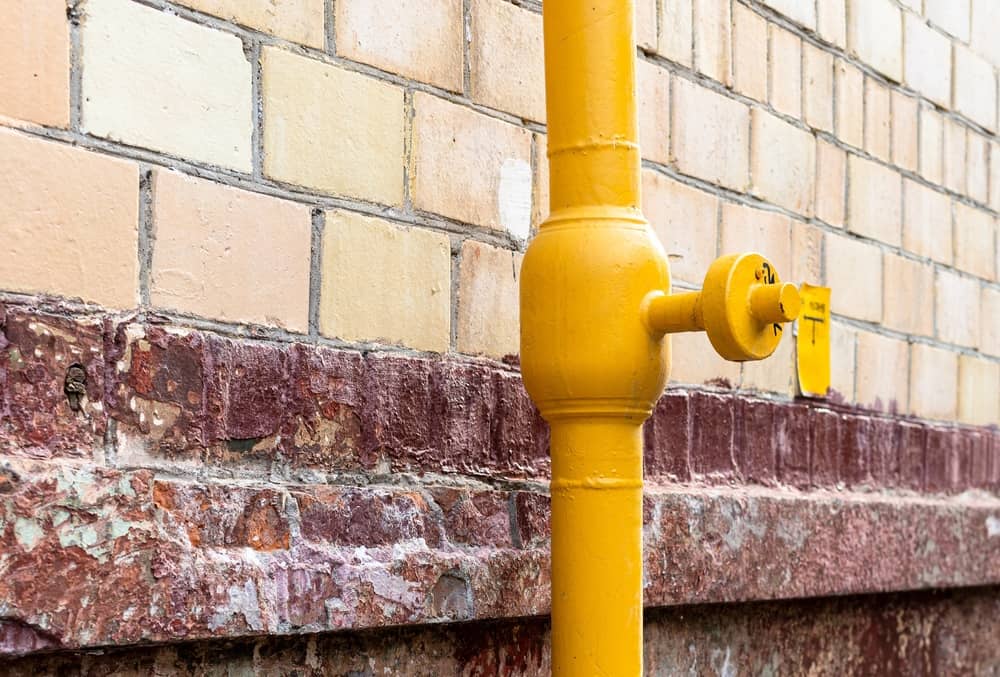
Moving a gas line is a task that requires careful planning and professional expertise. Whether you’re planning a home renovation, upgrading appliances, or simply need to relocate your gas line for safety reasons. Gas lines are crucial components of your home’s infrastructure, and any work involving them must be done precisely to ensure safety and compliance with local codes.
In this blog, we will walk you through everything you need to know about rerouting a gas line. Whether it is inside your home or even moving a gas line outside. This includes the process, considerations, and potential costs involved.
Understanding the Basics of Gas Line Relocation
Rerouting or moving a gas line in your house might seem like a straightforward task, but it involves several complex steps that require professional handling. The first step in the process is to assess why the move is necessary. Are you expanding your kitchen and need the gas line closer to your new stove? Or perhaps you’re adding an outdoor kitchen and need to extend the gas line to the backyard? Understanding the reason behind the relocation helps in planning the job effectively.
The Process of Moving a Gas Line
Moving a gas line requires taking several critical steps, beginning with shutting off the gas supply. This step is a non-negotiable safety measure to prevent any potential gas leaks during the process. After shutting off the gas, the technician disconnects the existing gas line from the appliance or fixture it is connected to. Once disconnected, they reroute the line to its new location.
Rerouting the gas line may involve drilling holes through walls or floors, running the line through different rooms, or extending it outside. The technician carefully plans the new path for the gas line to avoid interfering with other utilities and to ensure compliance with local building codes.
After securing the line in its new location, the technician connects it to the appropriate appliance or fixture. Finally, they turn the gas back on and test the system for leaks. This final step is crucial to ensure safety, as undetected leaks could pose serious risks.
Learn More: Importance of Regular Gas Line Inspections
Considerations When Rerouting a Gas Line

When moving a gas line in your house, several factors must be considered. First and foremost is safety. Working with gas lines is inherently dangerous, and any mistake could result in a gas leak or, in extreme cases, an explosion. That’s why hiring a licensed professional to handle the job is essential.
Another important consideration is the local building codes and regulations. These codes dictate how and where gas lines can be installed or moved, varying from one location to another. A professional plumber or gas line installer will be familiar with these codes and ensure the job complies with them.
The location of the gas line also plays a significant role in the project. Moving a gas line outside can be more complicated than moving it within the house because it may involve digging trenches or navigating other outdoor obstacles. Additionally, the type of soil and the presence of other underground utilities can affect the ease and cost of the project.
Cost of Moving a Gas Line
One of the most common concerns homeowners have when considering rerouting a gas line is the cost. The cost of moving a gas line can vary significantly depending on several factors. These include the distance the line needs to be moved, the complexity of the job, whether the line is being moved inside or outside, and the local labor rates.
In Texas, homeowners can generally expect to pay between $300 to $1,000 for simple relocations, such as moving a gas line within the same room. However, more complex projects, like rerouting a gas line outside or rerouting it through multiple rooms, can cost between $1,000 and $3,000 or more, depending on the specific requirements and local labor rates.
The Importance of Professional Help
Given the risks and complexities involved in moving a gas line, it is highly recommended to seek professional help. A licensed gas line installer has the expertise and tools to complete the job safely and efficiently. They can also handle the required permits and inspections, ensuring that your gas line move complies with local codes and regulations.
Wrapping Up Your Gas Line Project
Safety and precision are paramount when moving a gas line. Whether you need to move a gas line inside your house or outside, it’s essential to rely on professionals to avoid any risks. At On Point Plumbing DFW, we specialize in delivering safe and reliable gas line services. If you’re considering rerouting a gas line or have concerns about the cost of the project, we’re here to assist you. Contact us to ensure your project is completed with the highest level of safety and professionalism.
